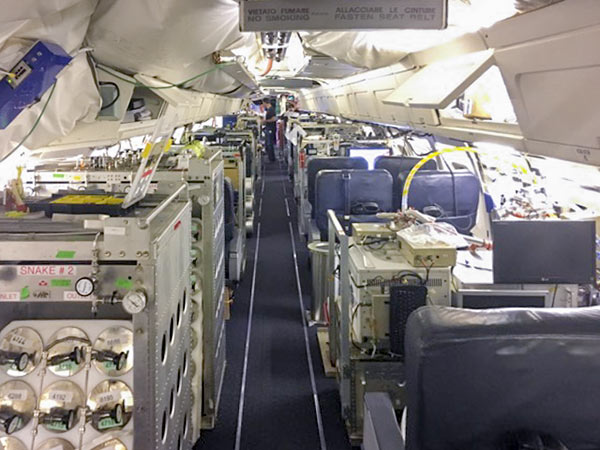COMMENT OF THE DAY: THE GREAT RESETTLEMENT  “I suspect you’ll start seeing ‘Didn’t flood in Harvey’ as a selling point in future real estate listings, which will drive up the land values, and drive the poor out to the flooded areas (which is par for the course). It’s no wonder that happened, though. Many of the oldest neighborhoods in Houston are also predominately minority. And the oldest neighborhoods (read, first settled) are the highest points in Houston. After all, who is going to settle in a lowland when the ‘highlands’ are still available?” [Chris C., commenting on Our Place Never Flooded] Illustration: Lulu
“I suspect you’ll start seeing ‘Didn’t flood in Harvey’ as a selling point in future real estate listings, which will drive up the land values, and drive the poor out to the flooded areas (which is par for the course). It’s no wonder that happened, though. Many of the oldest neighborhoods in Houston are also predominately minority. And the oldest neighborhoods (read, first settled) are the highest points in Houston. After all, who is going to settle in a lowland when the ‘highlands’ are still available?” [Chris C., commenting on Our Place Never Flooded] Illustration: Lulu





Lots of wealthy areas got hit bad. The energy corridor is one.
Obviously Chris C has never seen what dropping half a million dollars can buy in the burbs as opposed to the shack it will buy you in the Heights.
I think the more interesting thing would be if people in Meyerland started moving into Riverside and Third Ward off 288 so the circle of life completes itself (See ->This is Our Home its Not for Sale.) Lots of good housing stock over there that doesn’t flood.
@turning_basin tell that to my friend who had 5 feet of water in his basement over there lol
@MC widen your horizons past the heights. 5th Ward and East End survived the flood without standing water on the streets. Whats more interesting is that you will be able to view your future home on Google Earth the exact day that the flood was in full effect. That may be worth a picture on the old home picture slide show.
Or Houstonians can start living on the second floor and up. New slogan: “Houston, the Venice of America”
I wonder when we will see a cottage industry of flood resistant home renovations. People already have switched from hardwoods and carpet to tile. Why not make kitchen cabinets out of stainless steel and switch out dry wall for a waterproof composite material. Furniture can be made of PVC or other waterproof materials so that all you have to do when a flood comes is throw your cushions into the attic. Heck, you could even move the kitchen and HVAC to the second floor, waterproof the utilities and just ride it out when the flood waters come in. When the flood waters recede, you just go hose off everything on the first floor and go on about your business like nothing happened.
i was thinking about what it would take to make the lower floor easier to clean, and one problem that i can’t come up with a fix for is the need to dry out the insulation in the exterior walls. now, even if you have wooden paneling or something like that, you still need to open them up to either remove the wet insulation or to let it dry out. does that spray foam stuff absorb water? if not, then maybe that would work.
@Old School – I was thinking the same thing. Just line the walls with indestructible poly panels and hose ‘er down like a gas station bathroom. Only small downside, of course, is that your house would look like a gas station bathroom.
You could always go with the Brutalist look of reinforced concrete exterior walls with closed cell insulation and then metal or plastic interior wall treatments. 1/4 inch steel storm panels and 20-30 standby sand bags and you are all set. Extra benefit would be your house would serve as a great zombie apocalypse/ global government take over/ DPRK rouge nuke bunker.
I’ve always thought that a great alternative to crappy rapidly-depreciating FEMA trailers would be shipping containers with a form-fitting slide-in insert that turns it basically into an Igloo cooler for people. If it gets dirty, fine, hose it down, open it up, and let it air dry. Done. FEMA needs it somewhere else? Load it up at a rail depot, send it on to the next disaster.
.
Not sure that the same tech could be adapted to retrofit legacy housing, but y’all are on the right path I think.